The first
time I saw Dr. Vincent J. Schaefer’s name was during my
student research in a library on the subject of ice and crystal
growth in 1965. I was one of the team members of Dr. Seymour
Hess's group at Florida State University. We were in the process
of designing a very sensitive hygrometer for Martian exploration
for a NASA project.
I wrote to Dr. Schaefer for advice
and for suggestions on our task. He wrote back and mentioned
a new Department of Atmospheric Sciences was just formed at
the State University of New York at Albany, and was a newly
emerging scientific field.
I transferred to Albany in 1968
and Dr. Schaefer offered me a job working ten hours a week
for $1.25 an hour at the newly formed Atmospheric Sciences
Research Center (ASRC). I stayed there for the next thirty-three
years!
On one snowy day, I was sitting
with Dr. Schaefer in his basement and with a beer in hand
I talked with him about the coming new science education arrangement.
He pointed to the window and said to me, "Roger, see
those tiny ice particles falling from the frosty gutter on
the edge of the house? I have been watching this phenomenon
for many years I Just could not figure out what is going on
there, why don't you look into the problem?"
Ten months later. I gave him
a report showing the way that the ice crystals had been broken
up and how they carried negative electric charges. He wrote
a paper entitled "The production of ice crystal fragments
by sublimation and electrification" and very surprisingly with
my name as co-author (Dr. Schaefer had very few co-authors
for his publications at ASRC). It was published as the featured
cover article in the Journal de Recherches Atmospheriques
in 1971. This paper was cited later by the New York Times,
London Times, New Scientist, as well as Russian television
and many governmental publications this research I had conducted
was later confirmed in 1991 by scientists at MIT.
This small technical report was
the beginning of our ten years of research on the subject
of ice crystal formation and related electrical charges generated
in a thundercloud. By the order of Dr. Schaefer a laboratory
to study and assist other ASRC scientists on the subject of
atmospheric particulates was created and I was appointed its
manager At his suggestion I began playing with snowflakes under three
different types of microscopes and was the author of five
technical reports. My photographs of the snow crystals and
reports were all selected by the editors as the featured cover
articles.
During my years with Dr. Schaefer
I assisted him with his Natural Sciences Institute, one of
his pet projects, (science education) and even babysat his
students when he was working in the field.
His methods were clearly summed
up when he said on August 15, 1960: "As long as we give
young minds the privilege and the facilities to roam far and
wide, and from time to time to play with unpractical things
such as snow crystals, water drops, they are bound to come
up with some exciting new angles on the mysteries of nature."
He always said to his students
and to me as well: "Go and get your dream! Do not give
up and let anyone or anything stop you! Please enjoy it and
have fun!"
YES. I DID






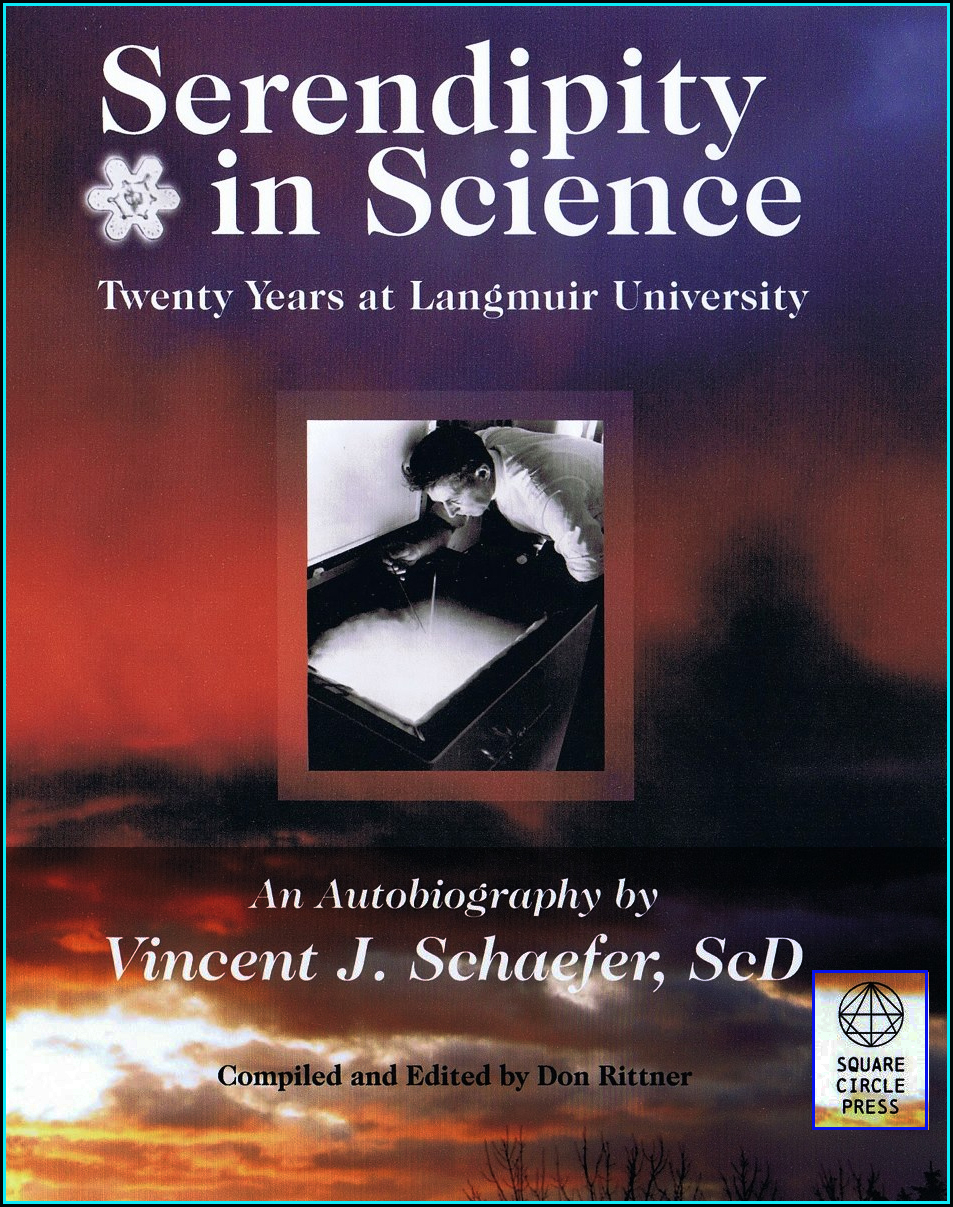












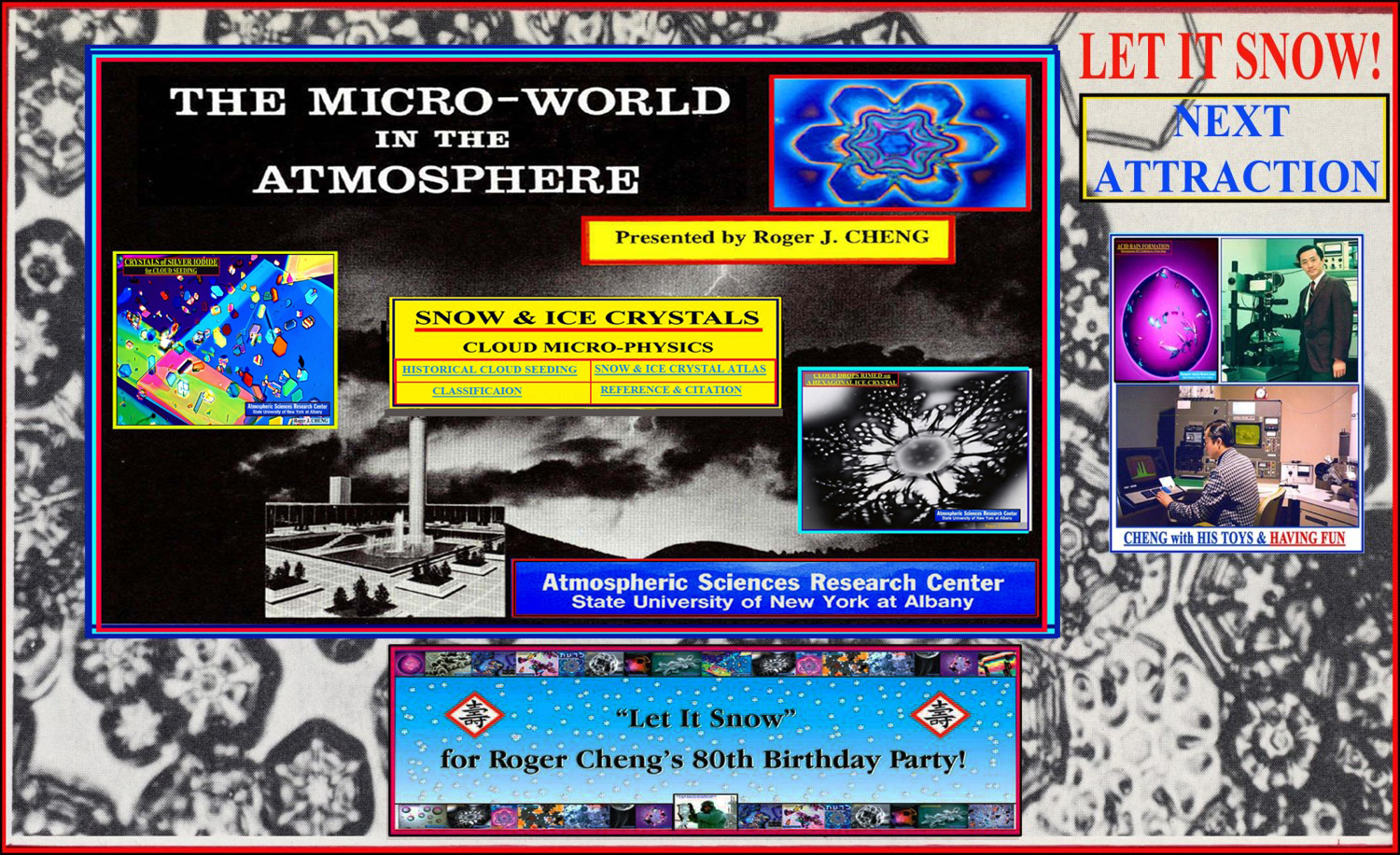













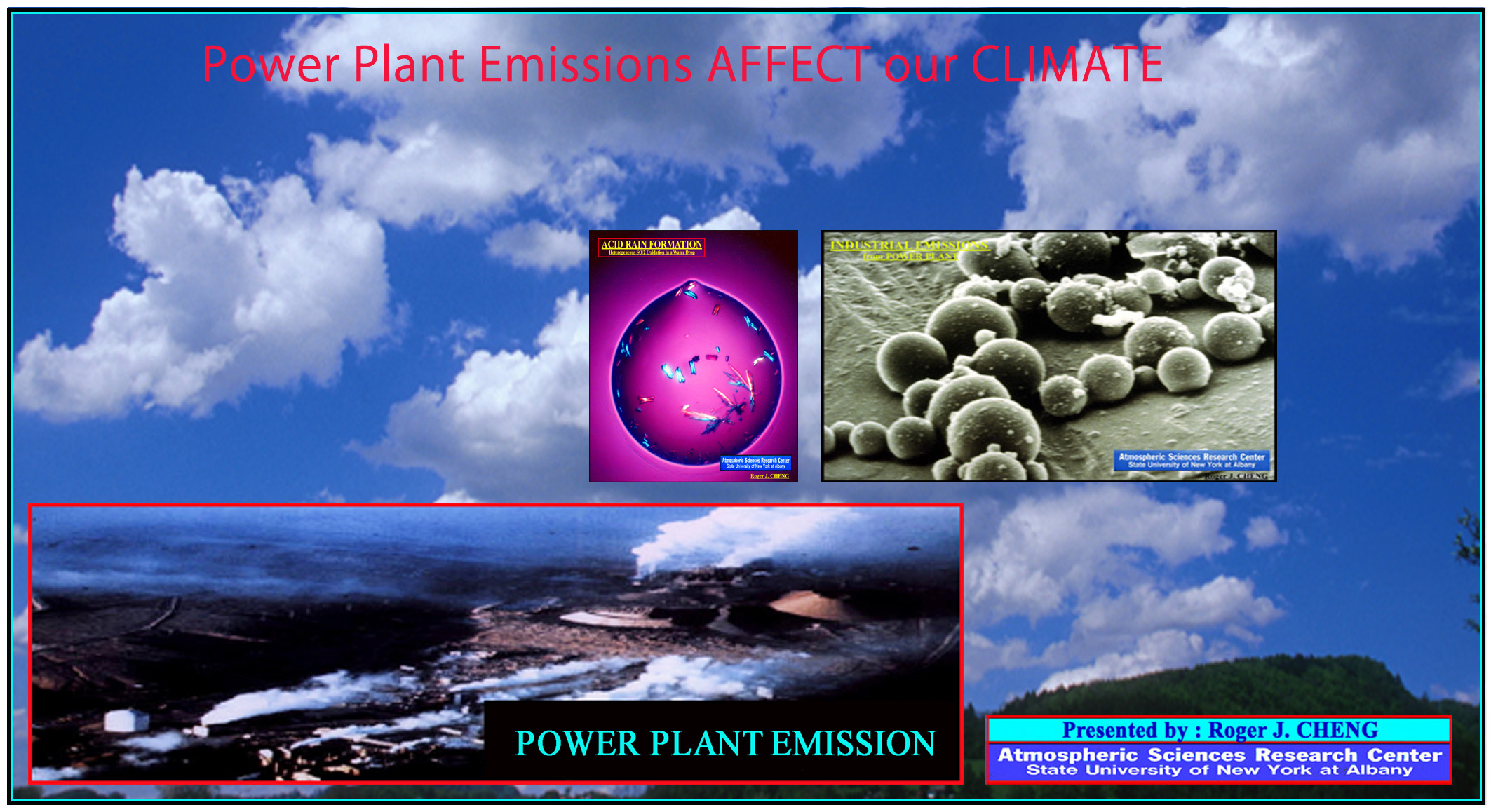
















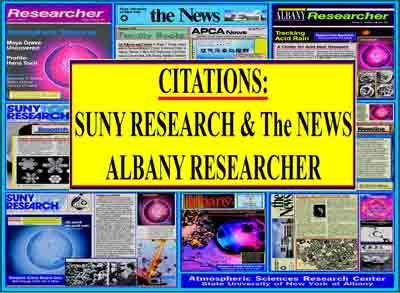
.jpg)
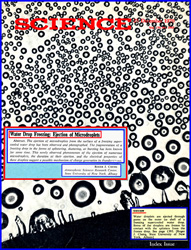


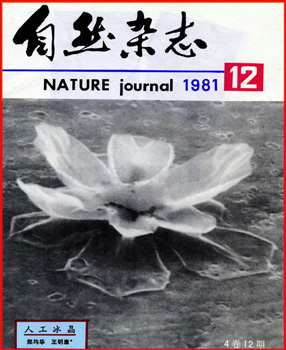


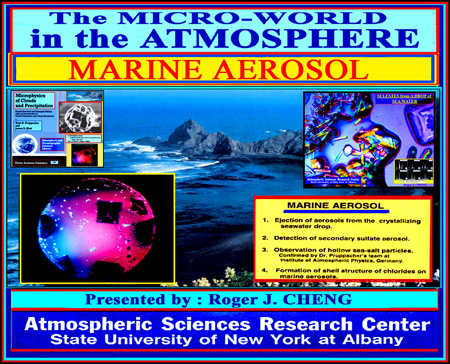
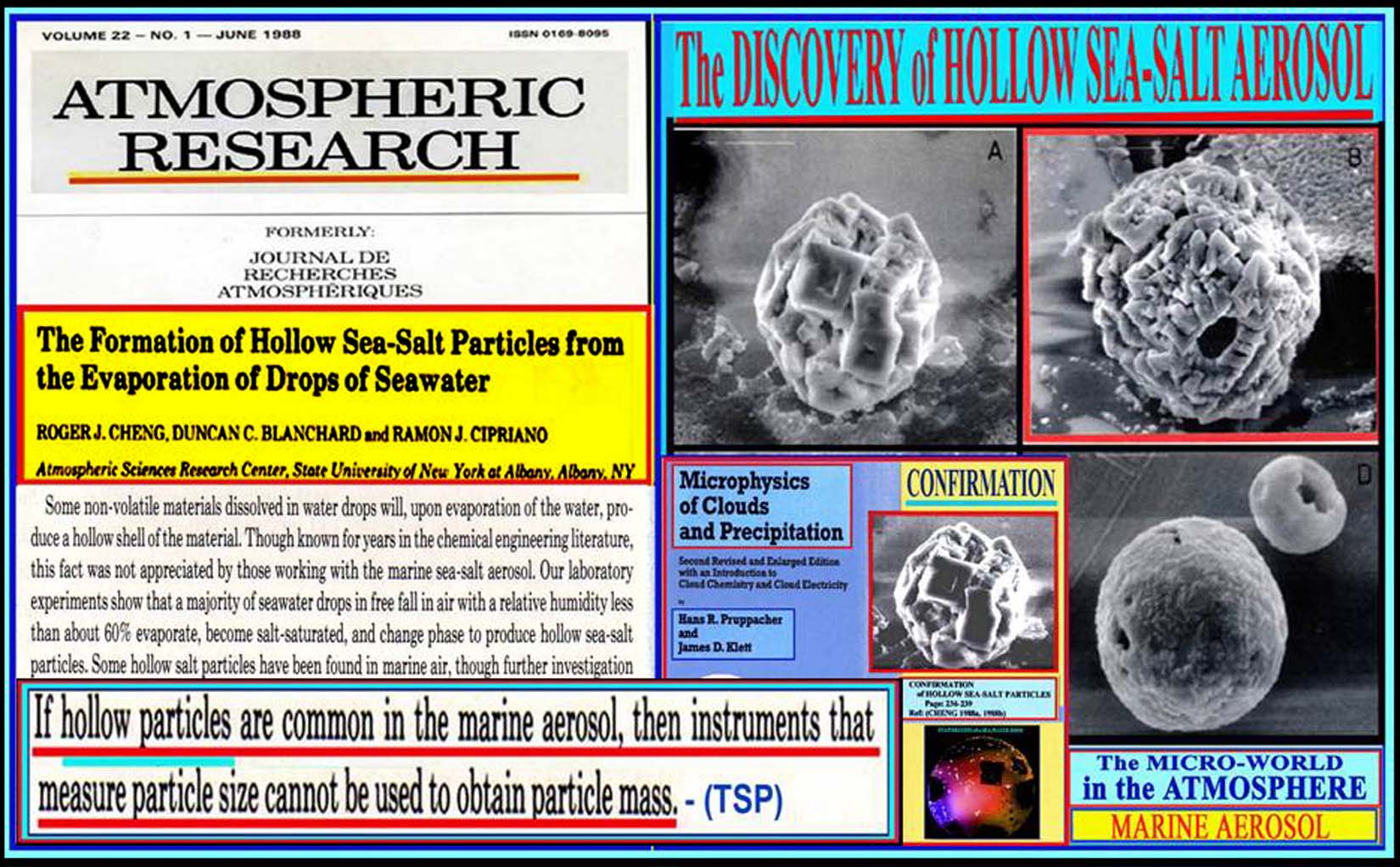

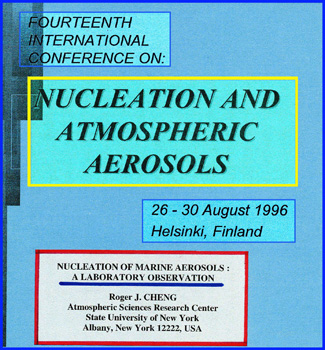


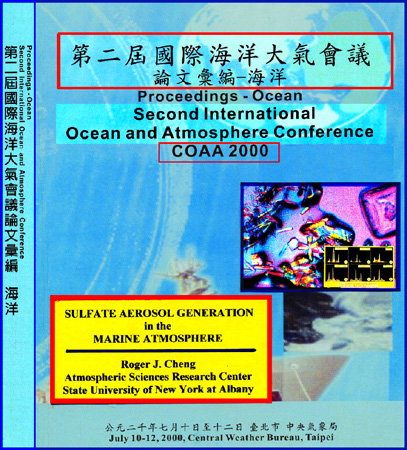



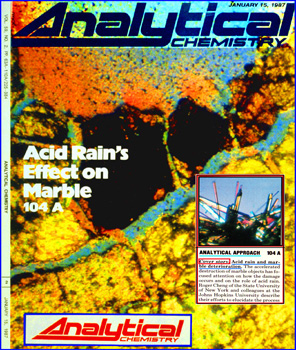
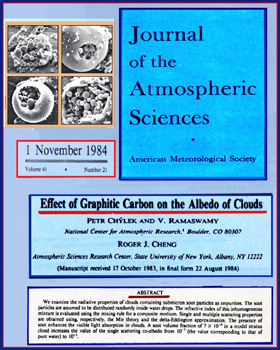


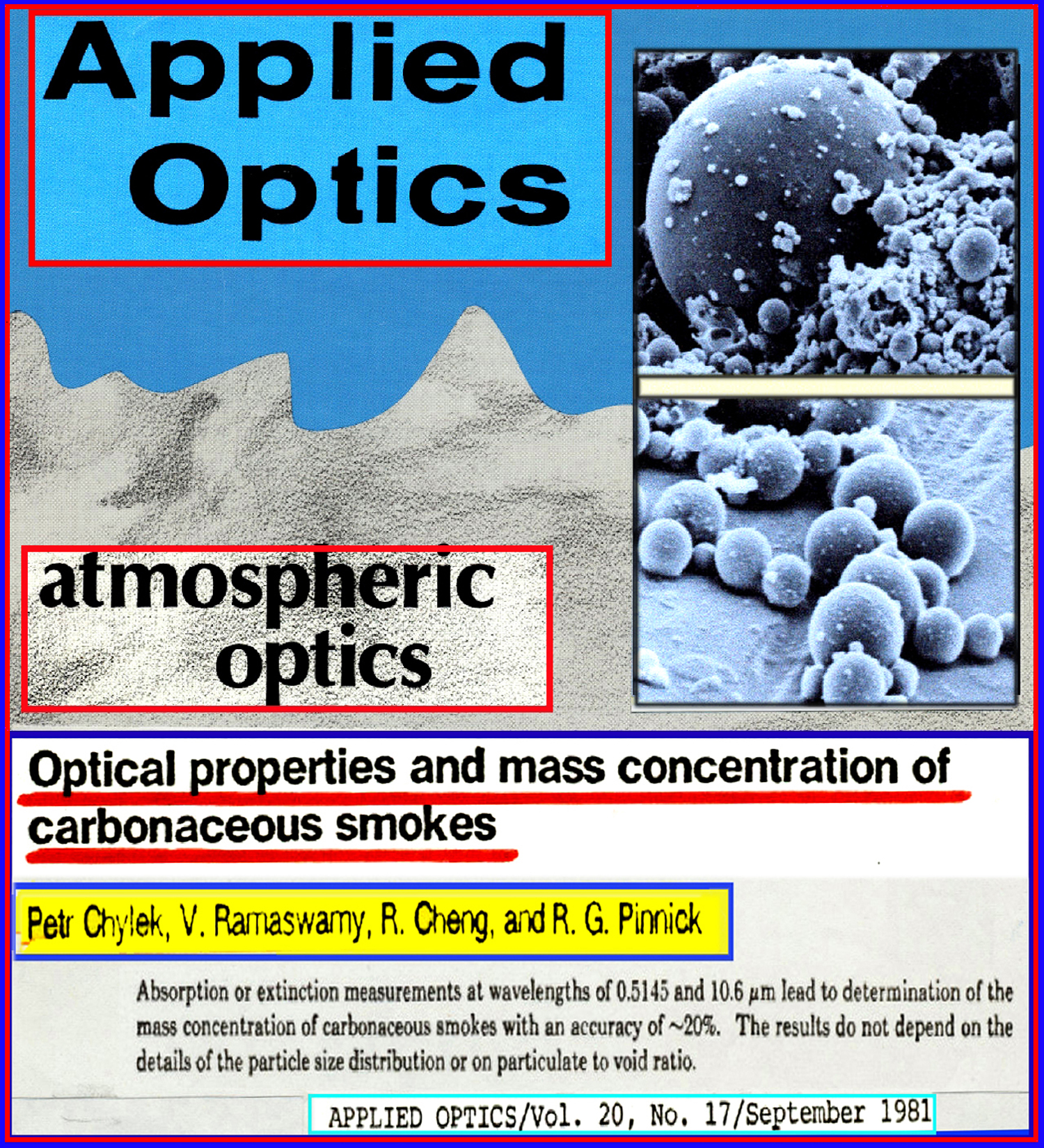
.jpg)